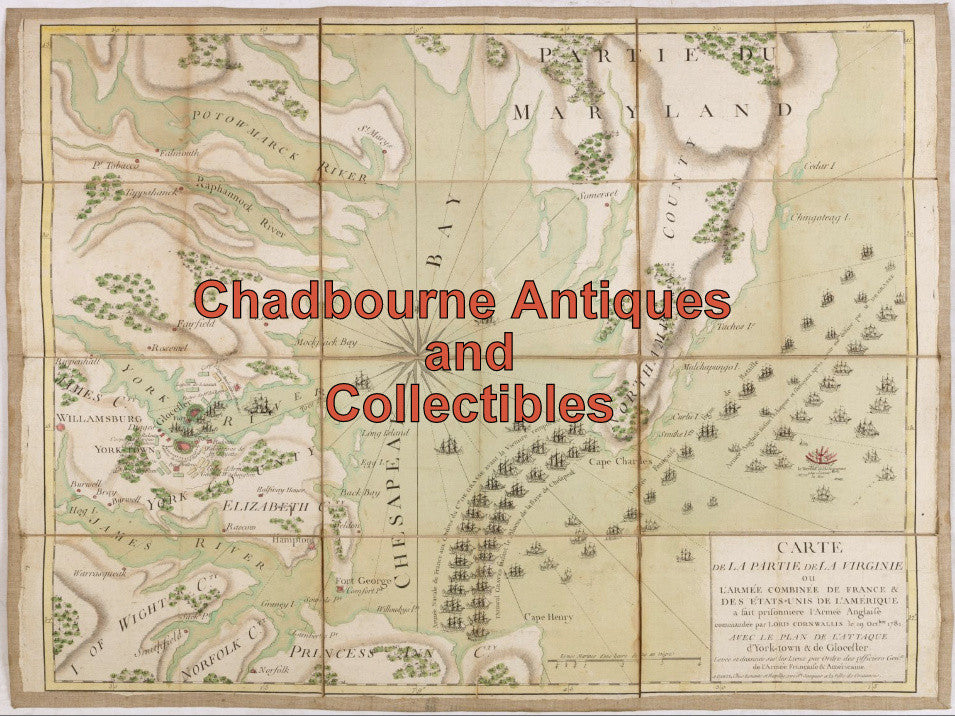$30.00 CAD
| /
Studio CDV photo young lady
On front: ‘J. THOMAS CAMBRIAN GALLERY LIVERPOOL’
On back: ‘Artiste Photographer CAMBRIAN GALLERY John Thomas 47, EVERTON ROAD, LIVERPOOL’
Stain on right border.
John Thomas was a prominent Welsh photographer born on April 14, 1838, in Llanfair Clydogau near Lampeter, Wales. He became well known for his portraits of Welsh nonconformist ministers and his extensive photographic documentation of Welsh landscapes and communities during the 19th century.
In 1867, Thomas established the Cambrian Gallery at 47 Everton Road, Liverpool (previously located at 66 St. Anne Street). The studio specialized in carte-de-visites (small portrait photographs) and In memoriam cards, which were popular in Victorian times. His work was both studio-based and field-based—he traveled extensively across Wales, capturing thousands of images of people, chapels, and rural scenes, often developing them in makeshift darkrooms like stables, chicken coops, and even an empty grave.
Studio CDV photo of lady standing in front of desk, holding book
On front: INSTANTANEOUS E. Denney & Co. 21 St. Sidwell Street EXETER'
On back: ‘Portrait Group, Architectural Photographers E. DENNEY & CO. 21 St. Sidwell Street EXETER…”
Smudges on back and front. Red ink stain top front
The firm operated during the late 19th and early 20th centuries, specializing in portrait photography. St. Sidwell Street was a busy commercial area in Exeter, and hosting a photography studio there placed E. Denney & Co. in a prime spot for walk-in clientele seeking
The term “Instantaneous” on their cards likely referred to the use of faster photographic techniques that allowed for quicker exposures—an innovation in the 1870s–1890s that made portrait sessions more comfortable and efficient
Studio CDV photo bearded man
On back: ‘From the INSTANTANEOUS Photographic Company Manager M. Jacquay 50 Park Street BRISTOL’
Some scuffs on front
Park Street was a prominent location for photographic studios in the late 19th and early 20th centuries.
Studio CDV photo young university student
On front: ‘HILLS & SAUNDERS Cambridge & Oxford Also at Eton, Harrow & London’
On back: ‘By Appointment to Her Majesty Hills & Saunders King’s Parade CAMBRIDGE and at Oxford, Eton, Harrow, & London’
The Hills & Saunders studio at King’s Parade, Cambridge was part of one of the most prestigious Victorian photographic chains in Britain.
Founded in 1860 by Robert Hills, a hairdresser and wigmaker from Oxford, and John Henry Saunders, the firm quickly rose to prominence as elite portrait photographers. They were granted a Royal Warrant in 1867, becoming official photographers to Queen Victoria and other royals.
The Cambridge branch opened at 15 King’s Parade in the late 1860s and was managed by Robert Hills Jr., son of the founder. The studio catered to the university elite, offering formal portraits to students, faculty, and visiting dignitaries. It was part of a broader strategy targeting public schoolboys and military officers—many of whom passed through Cambridge, Oxford, Eton, Harrow, and Sandhurst.
